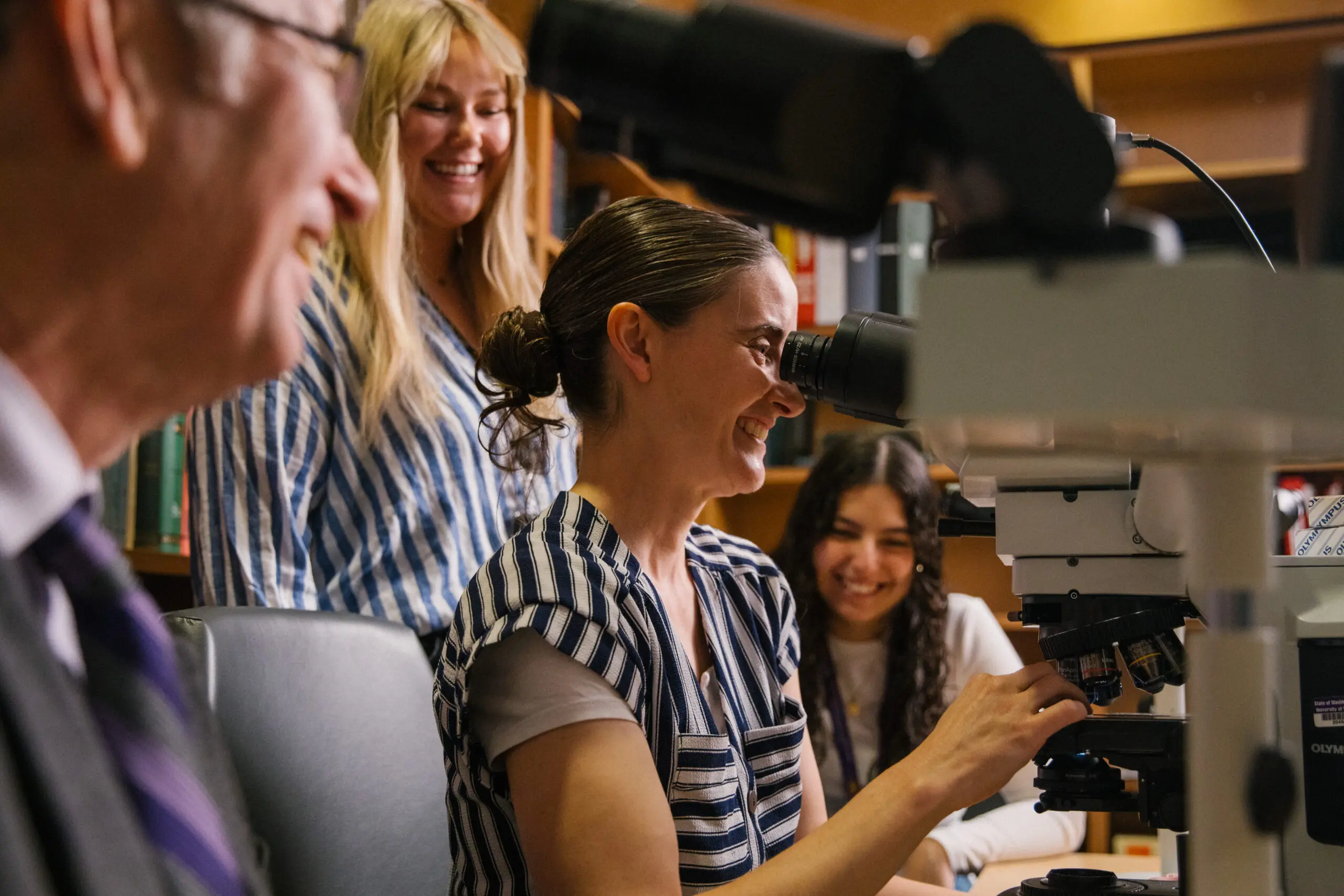Research Updates
Explore more of the Lees’ recent research that uses big data and machine learning to gain exciting new insights into what our eyes can tell us about our brain health.
Cataract surgery linked with lower risk of dementia
The Adult Changes in Thought (ACT) study found that subjects who underwent cataract surgery had a nearly 30% lower risk of developing dementia from any cause compared with those who did not have cataract surgery — and that the reduced risk lasted for at least a decade afterward. Cataract surgery was also associated with lower risk of Alzheimer’s disease specifically.
“This kind of evidence is as good as it gets in epidemiology,” Dr. Cecilia Lee said. “This is really exciting because no other medical intervention has shown such a strong association with lessening dementia risk in older individuals.”
UW Medicine Will Lead Study Arm of National AI Initiative
Dr. Aaron Lee and Dr. Cecilia Lee will be co-principal investigators of a new UW Medicine-led study arm funded by the NIH as part of its “Bridge to AI (Bridge2AI)” program. The NIH program aims to develop model datasets that medical scientists can broadly explore the potential of artificial intelligence algorithms. Using Type 2 diabetes as its model disease, the Lees’ team will collect data from a population-representative cohort of 4,000 participants across three sites in the US, balanced for three factors: disease severity, race/ethnicity and sex. The goal is to create a publicly accessible dataset that all researchers can access freely.
“The Eye: A Window to Our Health”
Watch Dr. Russell Van Gelder, UW Medicine Department of Ophthalmology chair, in conversation with Dr. Aaron Lee and Dr. Cecilia Lee. Find out how new AI algorithms can predict a patient’s blood pressure, BMI, age and even biological sex using an image of the retina. And learn how the Lees anticipate we’ll be able to use big data to noninvasively study the eye, better understand brain health and predict other diseases in the future.

